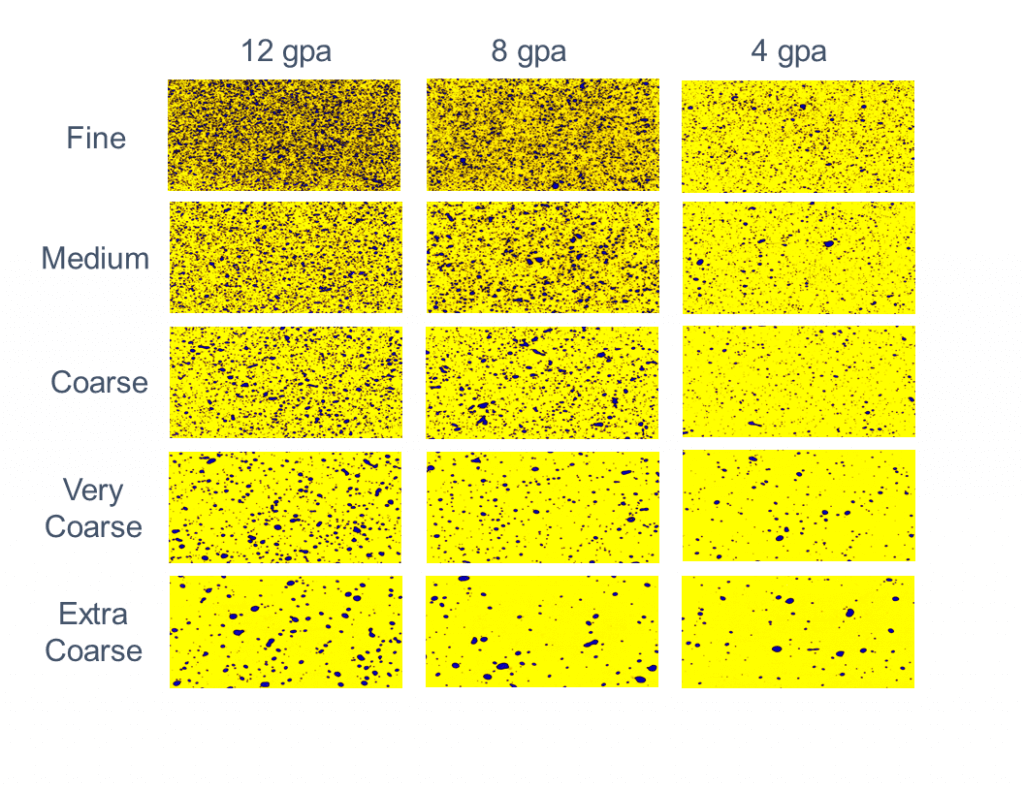
The following question arrived from one of our prairie clients last week: “A retailer is promoting the use of hollow cone nozzles to be used on field sprayers (20” spacing) to apply fungicides which he claims out-perform any regular and twin fan tips. Claims: create an extra fine droplet for maximum coverage on the canopy […]
Read More… from Question of the Week: Fine Sprays for Fungicides?



